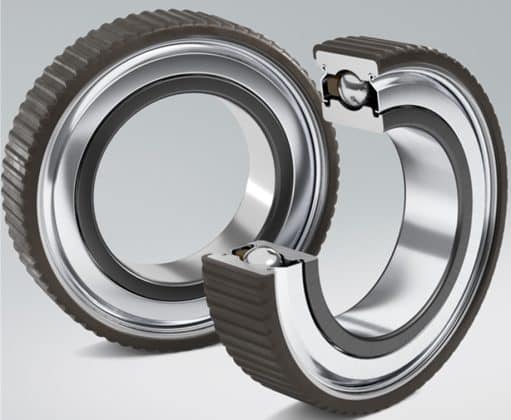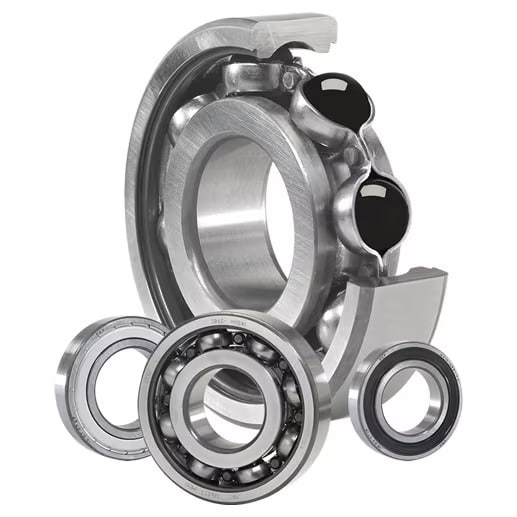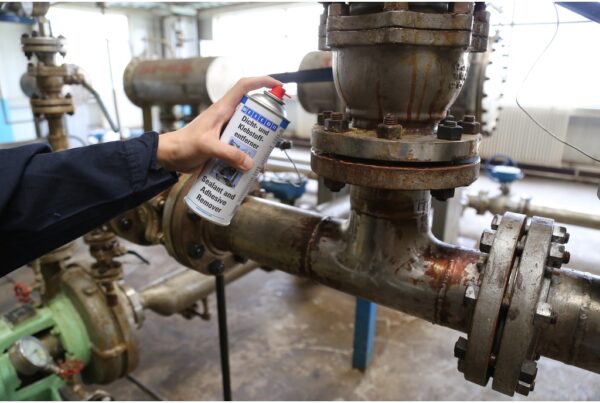NSK now offers a wider range of electrical erosion control technologies for eAxle bearings used in electric vehicles (EVs).
New options include over-moulded bearings and conductive brushes. These are designed to combat electrical erosion, thereby improving reliability and increasing the range of electric vehicles. Thanks to these developments, NSK now meets the various needs of automotive OEMs (Original Equipment Manufacturers).

NSK plastic over-moulded bearing
With the world facing alarming climate change, society and industry are accelerating their journey towards carbon neutrality. The growing demand for electric vehicles means that there is a real opportunity to increase the sustainability of the transport sector. However, the success of this ambition will depend largely on the underlying technologies. For example, preventing electrical erosion of critical eAxle components such as bearings is key to ensuring the longevity of EVs. This, however, is becoming increasingly difficult due to the higher power of electric motors and higher drive voltages.
To ensure electrical insulation, technologies such as insulating ceramic ball bearings (hybrid bearings) are the most effective. But they are not always the optimal solution for high-volume applications such as EVs.
A good alternative could be to use plastic over-moulded bearings, which provide the electrical isolation required for eAxles, but at a lower cost than ceramic ball bearings.
NSK configures the reshaped bearings according to the application and the specific needs. Materials and manufacturing processes can be completely different for an eAxle and a railway application, for example.
In summary, the company’s electrical erosion control options incorporate both insulating and conductive methods to meet a wide range of design requirements balancing application and volume criteria. These technologies improve reliability and include measures that support the reduction of overall eAxle unit size. They also contribute to lower electricity consumption and increased vehicle range on a single charge.
Source: electricmotorengineering.com




